Palo Packet Captures
Information on running packet captures and debugging commands to follow traffic flows.
Information on running packet captures and debugging commands to follow traffic flows.
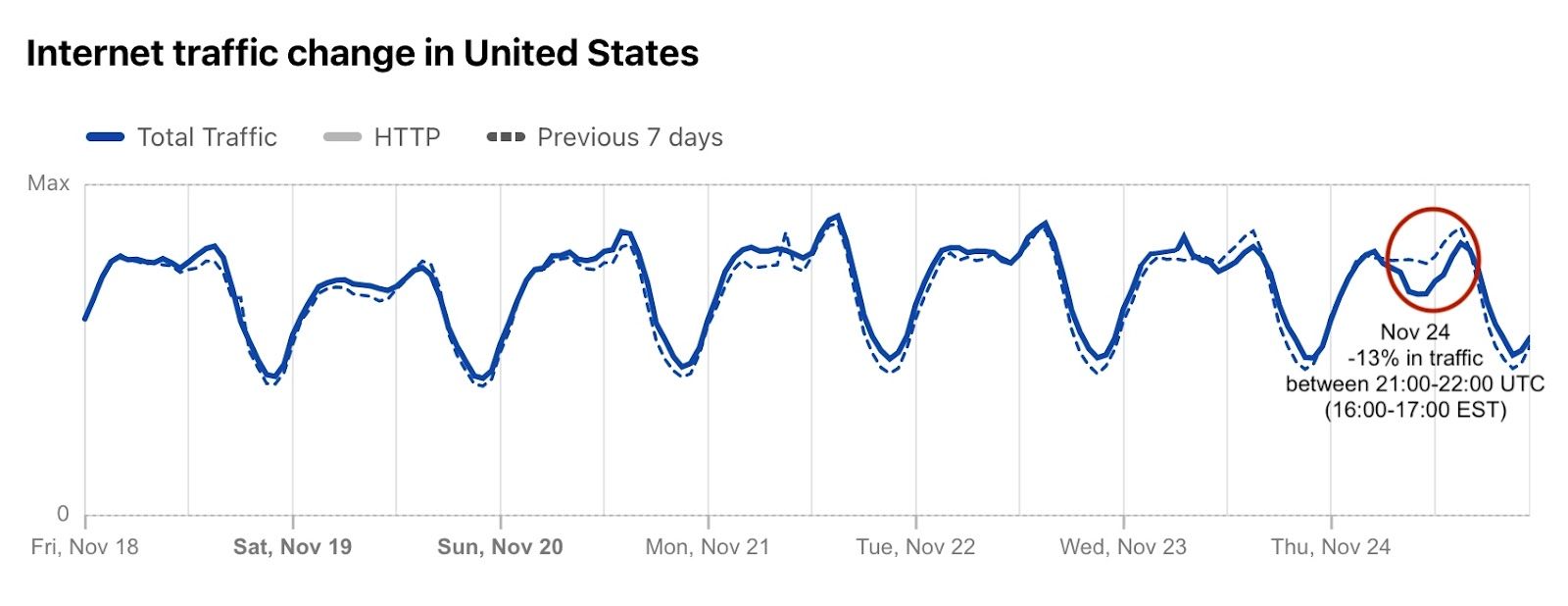
"The more you practice the art of thankfulness, the more you have to be thankful for."
— Norman Vincent Peale, American author
The turkey. The sweet potatoes. The stuffing. The pumpkin pie. Yesterday, November 24, 2022, was Thanksgiving Day in the US. A time for families and loved ones to be together and thankful, according to the tradition. Last year, we saw how the US paused shopping (and browsing) for Thanksgiving. So, how was it this year? Not only did we see Internet traffic go down (by 13%) during Thanksgiving dinner, but it was much higher than usual the day before and the day after (the Black Friday effect… so far). There was also a clear, but short, Thanksgiving day effect on e-commerce DNS trends.
We'll have to wait to see what Black Friday looks like.
Let’s start with Internet traffic at the time of Thanksgiving dinner. Although every family is different, a 2018 survey of US consumers showed that for 42% early afternoon (between 13:00 and 15:00 is the preferred time to sit at the table and start to dig in). But 16:00 seems to be the “correct time” — The Atlantic explains why.
That said, Cloudflare Continue reading
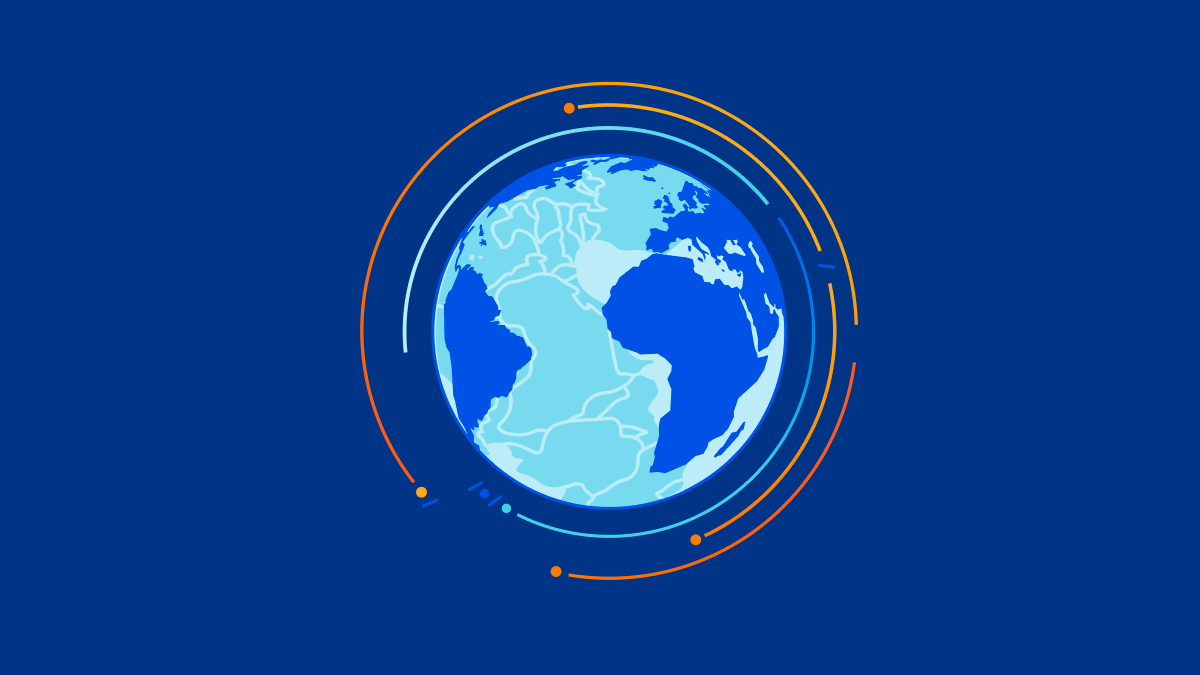
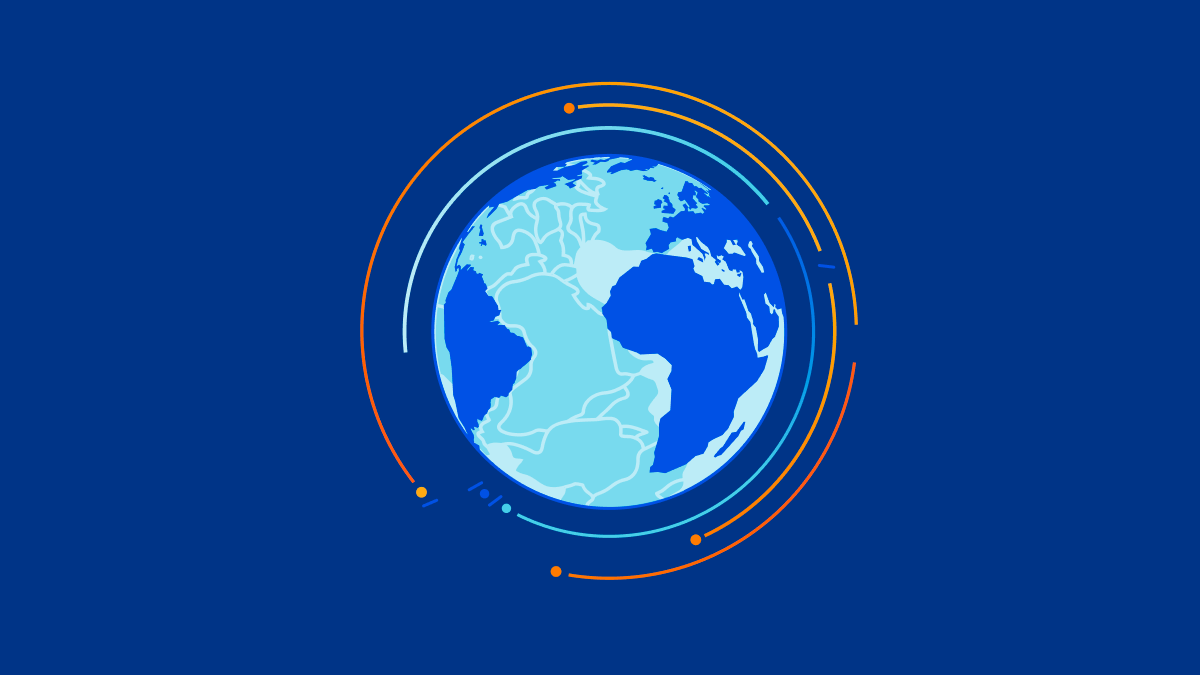
A lot of Cloudflare's technology is well documented. For example, how we handle traffic between the eyeballs (clients) and our servers has been discussed many times on this blog: “A brief primer on anycast (2011)”, "Load Balancing without Load Balancers (2013)", "Path MTU discovery in practice (2015)", "Cloudflare's edge load balancer (2020)", "How we fixed the BSD socket API (2022)".
However, we have rarely talked about the second part of our networking setup — how our servers fetch the content from the Internet. In this blog we’re going to cover this gap. We'll discuss how we manage Cloudflare IP addresses used to retrieve the data from the Internet, how our egress network design has evolved and how we optimized it for best use of available IP space.
Brace yourself. We have a lot to cover.

Each Cloudflare server deals with many kinds of networking traffic, but two rough categories stand out:
Today on Heavy Networking, a discussion with sponsor VMware about SD-WAN and SASE. We’re diving into announcements from VMware Explore Barcelona 2022 covering a new SD-WAN client and more. With this client, you’ll be able to connect your users to the SASE cloud with software--no hardware edge box required. We dive into how it works, the network architecture, use cases, and more.
The post Heavy Networking 657: New VMware Client Connects Users To SASE, SD-WAN (Sponsored) appeared first on Packet Pushers.
With AWS re:Invent 2022 being just a few days away, it’s time for another cloudy Friday video: using infrastructure-as-code principles to provision public cloud resources by Matthias Luft (part of Introduction to Cloud Computing webinar).
With AWS re:Invent 2022 being just a few days away, it’s time for another cloudy Friday video: using infrastructure-as-code principles to provision public cloud resources by Matthias Luft (part of Introduction to Cloud Computing webinar).
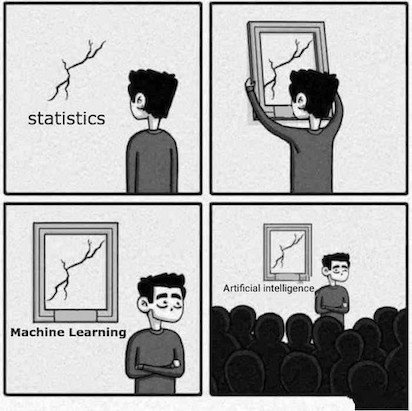
LDA is an alternative way to predict $Y$, based on partitioning the explanatory variable into two sets: one set prediction is $\hat{Y}=1$ or $\hat{Y}=0$ in the other set. Approach here is to model the distribution of $X$ in each of the classes separately, and then use Bayes Theorem to obtain $P(Y |X)$.
Unlike Logistic regression, LDA treats explanatory variables as independent Random Variables, $X = (X_{1},…,X_{p})$. Assuming common covariance matrix for $X$ within each $Y$ category, Ronald Fisher derived the linear predictor of explanatory variables such that its observed values when $y=1$ were seperated as much as possible from its values when $y=0$, relative to the variability of the linear predictor values within each $y$ category. This linear predictor is called Linear Discriminant function. Using Gauassian distribution for each class, leads to linear or quadratic discriminant analysis. We can express the linear probabilty model as:
$ E(Y|x) = P(Y=1|x) = \beta_{0}+\beta_{1}x_{1}+…+\beta_{p}x_{p} $
We can rewrite the below Bayes Theorem:
$ P(Y=1|x) = \frac{P(x|y=1).P(Y=1)}{P(x)} $
as
$ P(Y=1|x) = \frac{\hat{f}(x|y=1)P(Y=1)}{\hat{f}(x|y=1)P(Y=1)+\hat{f}(x|y=0)P(Y=0)} $
Discriminant Analysis is useful for:
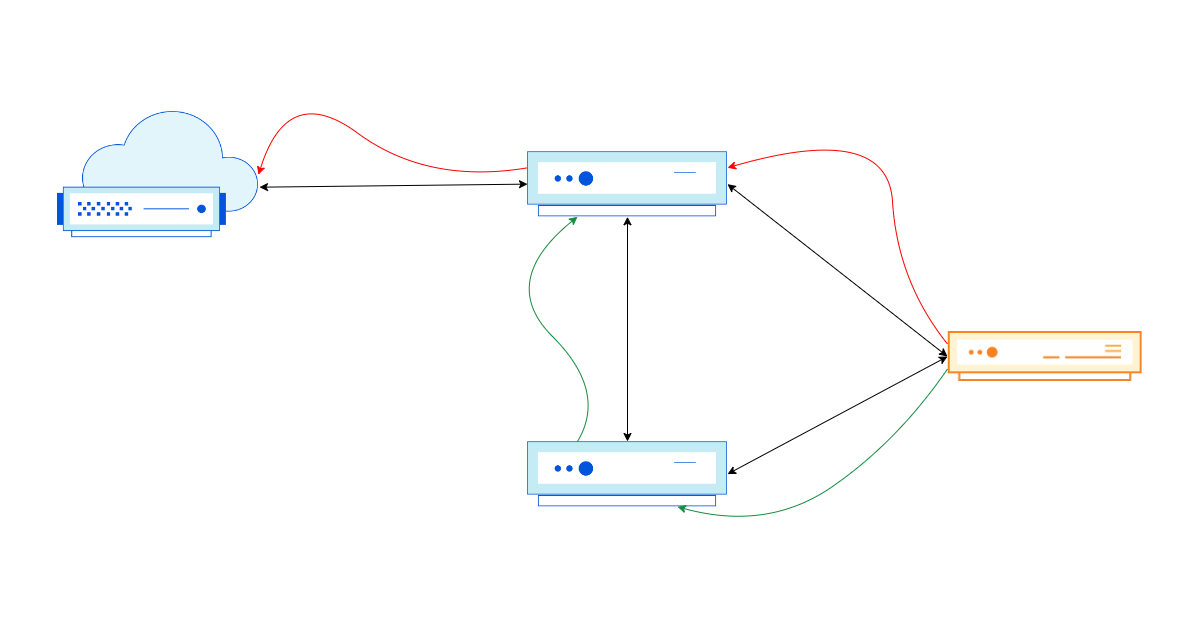

The Internet, in its purest form, is a loosely connected graph of independent networks (also called Autonomous Systems (AS for short)). These networks use a signaling protocol called BGP (Border Gateway Protocol) to inform their neighbors (also known as peers) about the reachability of IP prefixes (a group of IP addresses) in and through their network. Part of this exchange contains useful metadata about the IP prefix that are used to inform network routing decisions. One example of the metadata is the full AS-path, which consists of the different autonomous systems an IP packet needs to pass through to reach its destination.
As we all want our packets to get to their destination as fast as possible, selecting the shortest AS-path for a given prefix is a good idea. This is where something called prepending comes into play.
Let's briefly talk about how the Internet works at its most fundamental level, before we dive into some nitty-gritty details.
The Internet is, at its core, a massively interconnected network of thousands of networks. Each network owns two things that are critical:
1. An Autonomous System Number (ASN): a 32-bit integer that uniquely identifies a network. Continue reading
Supporting cholesterol and cardiometabolic health is important for everyone, at any age. Generally speaking, the best way to do this involves making healthy lifestyle choices, such as exercising regularly, maintaining a healthy diet and weight, reducing stress levels and refraining from unhealthy habits like smoking. Here are some tips to help you get started on your journey towards better cholesterol and cardiometabolic health.
Regular physical activity helps increase HDL (good) cholesterol, decrease LDL (bad) cholesterol, and improve overall cardiovascular health. Aim for at least 30 minutes of exercise each day. By mixing it up with different types of exercises you can help keep your body fit and healthy.
Eating a balanced diet low in saturated fat, trans fats, and cholesterol can help lower LDL (bad) cholesterol. Include plenty of fruits, vegetables, lean proteins like fish and chicken, whole grains, and healthy fats like nuts and seeds.
Stress can negatively impact cholesterol levels and cardiovascular health, so it is important to reduce or manage stress levels as much as possible. This could include activities such as mindfulness, yoga, or even just taking a few minutes each day for yourself to relax and Continue reading
Last week I completed the first part of the annual Azure Networking update. The Azure Firewall section is already online; hope you’ll find it useful. I already have the materials for the Private Link and Gateway Load Balancer services, but haven’t decided whether to schedule another live session to cover them, or just create a short video.
Then there are a half-dozen smaller things I found while processing a year worth of Azure networking News. You’ll find them (and links to documentation) in New Azure Services and Features document.
Last week I completed the first part of the annual Azure Networking update. The Azure Firewall section is already online; hope you’ll find it useful. I already have the materials for the Private Link and Gateway Load Balancer services, but haven’t decided whether to schedule another live session to cover them, or just create a short video.
Then there are a half-dozen smaller things I found while processing a year worth of Azure networking News. You’ll find them (and links to documentation) in New Azure Services and Features document.
I have seen companies achieve great successes in the space of consumer internet and entertainment industry. I’ve been feeling less enthusiastic about the stronghold that these corporations have over my digital presence. I am the first to admit that using “free” services is convenient, but these companies are sometimes taking away my autonomy and exerting control over society. To each their own of course, but for me it’s time to take back a little bit of responsibility for my online social presence, away from centrally hosted services and to privately operated ones.
In the [previous post], I shared some thoughts on how the overall install of a Mastodon instance went, making it a point to ensure my users’ (and my own!) data is somehow safe, and the machine runs on good hardware, and with good connectivity. Thanks IPng, for that 10G connection! In this post, I visit an old friend, [Borgmon], which has since reincarnated and become the de facto open source observability and signals ecosystem, and its incomparably awesome friend. Hello, Prometheus and Grafana!
Looking more closely at the architecture of Mastodon, it consists of a few moving Continue reading

It’s a holiday week here in the US so most people are working lighter days or just taking the whole week off. They’re looking forward to spending time with family and friends. Perhaps they’re already plotting their best strategy for shopping during Black Friday and snagging a new TV or watch. Whatever the case may be there’s lots things going on all over.
One thing that I feel needs to happen is conversation. Not just the kind of idle conversation that we make when we don’t know what to talk about. I also don’t mean the kinds of deep conversations that we need to prepare ourselves to have. I’m talking about the ones where we learn. The ones we have with friends and family where we pick up tidbits of stories and preserve them for the future.
It sounds rather morbid but these conversations aren’t going to be available forever. Our older loved ones are getting older every year. Time marches on and we never know when that time I going to run out. I have several friends that have lost loved ones this year and still others that have realized the time is growing shorter. Mortality is something that Continue reading
This is a guest post from IDC Analyst Brad Casemore.
Modern applications are more distributed than ever before, deployed variously across on-premises data centers, public clouds (IaaS), private clouds, and edge locations, and sometimes delivered as SaaS. While the primacy of these data-centric applications is undeniable and will only grow with the rise of artificial intelligence (AI), a failure to ensure the modernization of underlying network infrastructure can compromise and constrain an organization’s application-driven digital strategies.
Network modernization, especially within the context of cloud-native architectures and multi-cloud strategies, cannot be an afterthought for rapidly digitizing enterprises. As applications become the powerhouse behind digital success and competitive differentiation, organizations should consider investing in software-defined network infrastructure.
A software-defined network infrastructure provides consistent network and security policies, operational simplicity, elastic scale, and ubiquitous visibility, with support for traditional and cloud-native applications spanning on-premises environments and clouds.
Special consideration also must be given to the future networking needs of the organization, particularly in relation to how modern network infrastructure will provide inherent portable application layer networking for cloud-native applications through functionality such as ingress controllers, service meshes, and visibility into workloads Continue reading